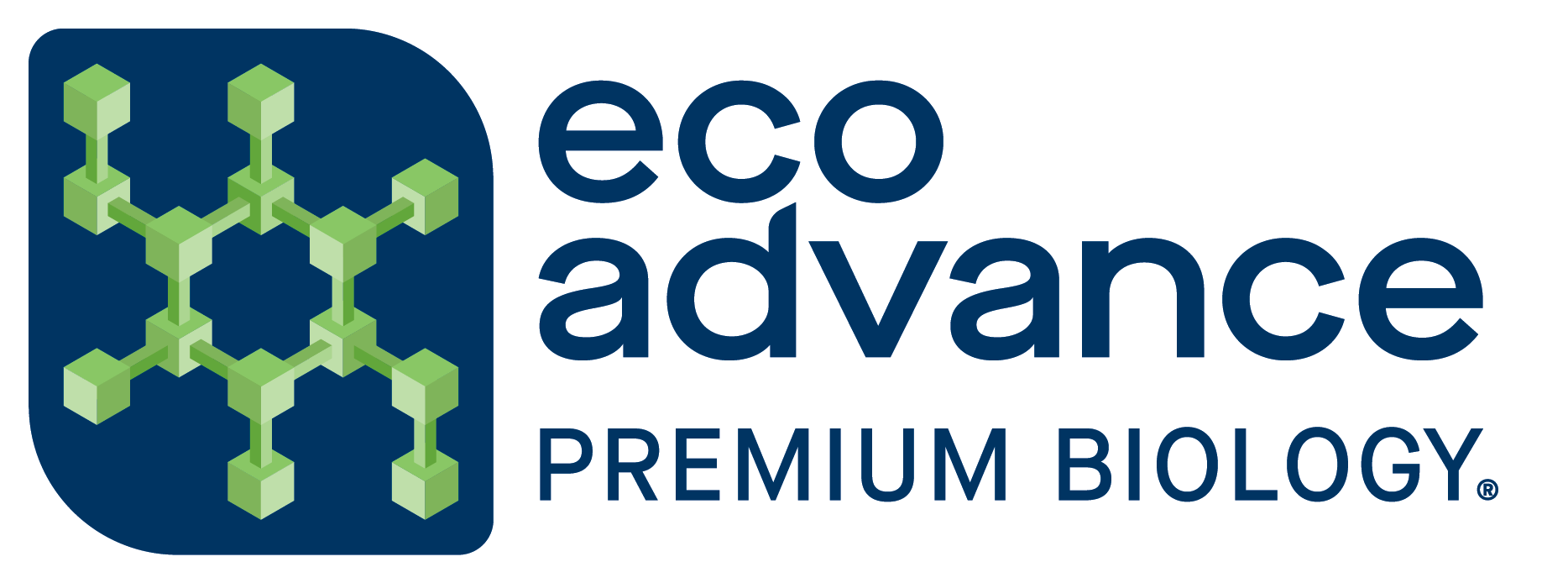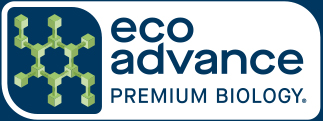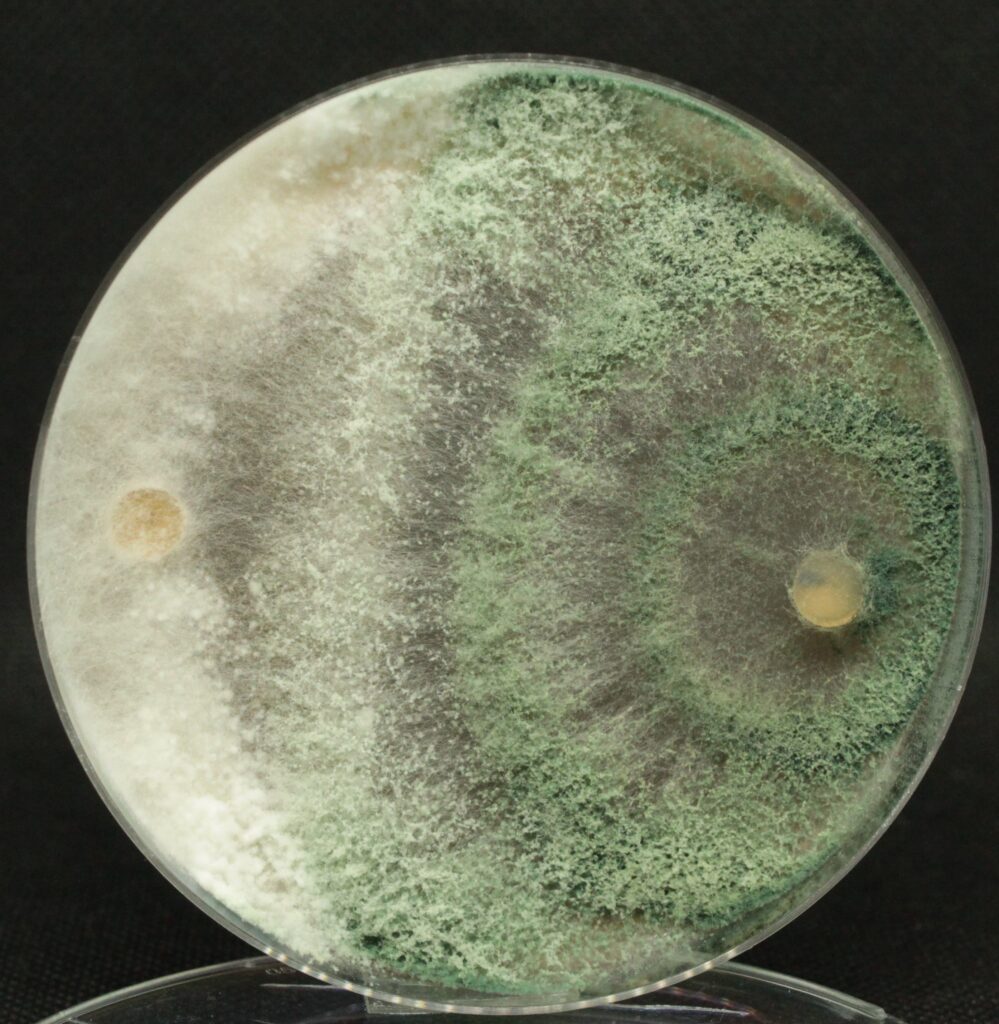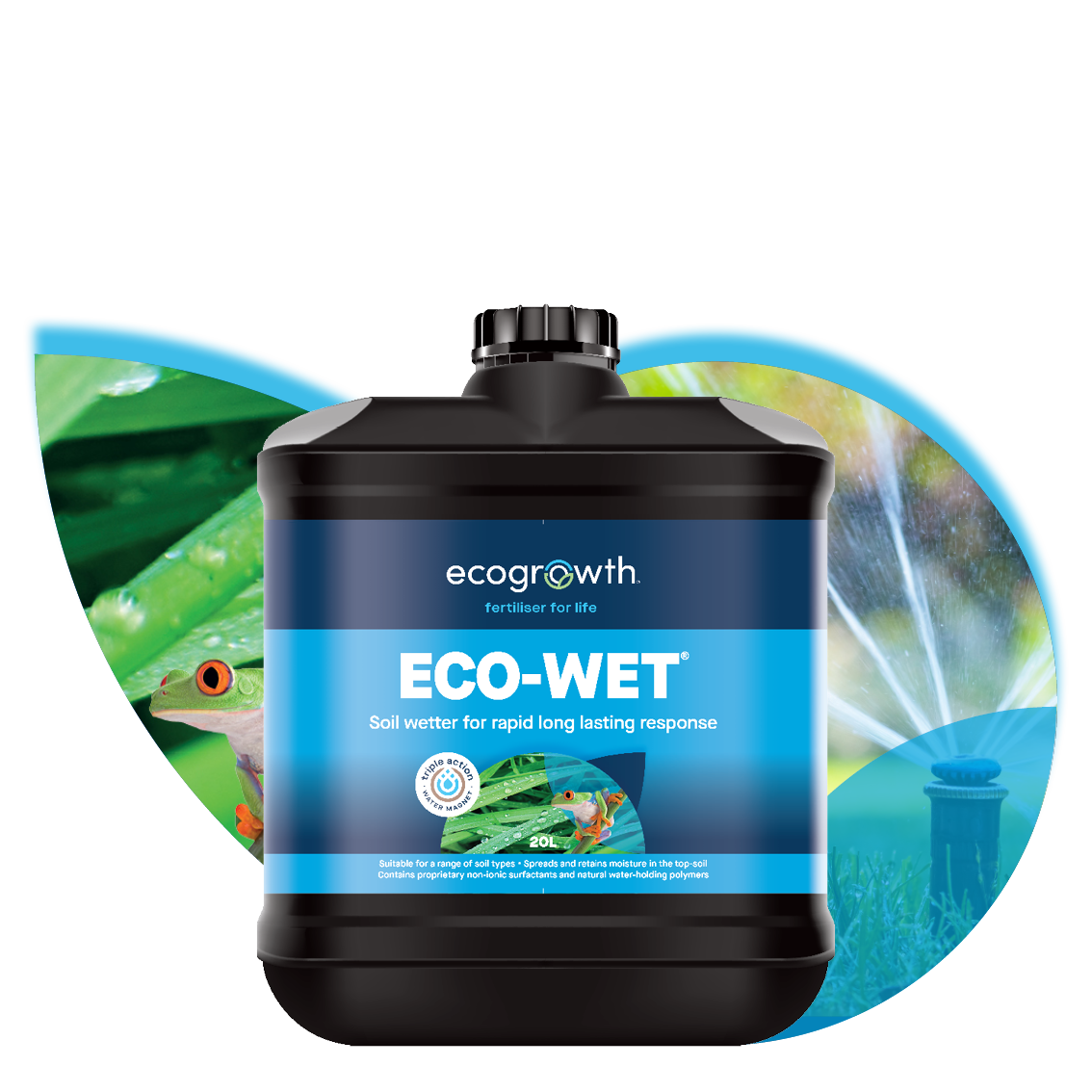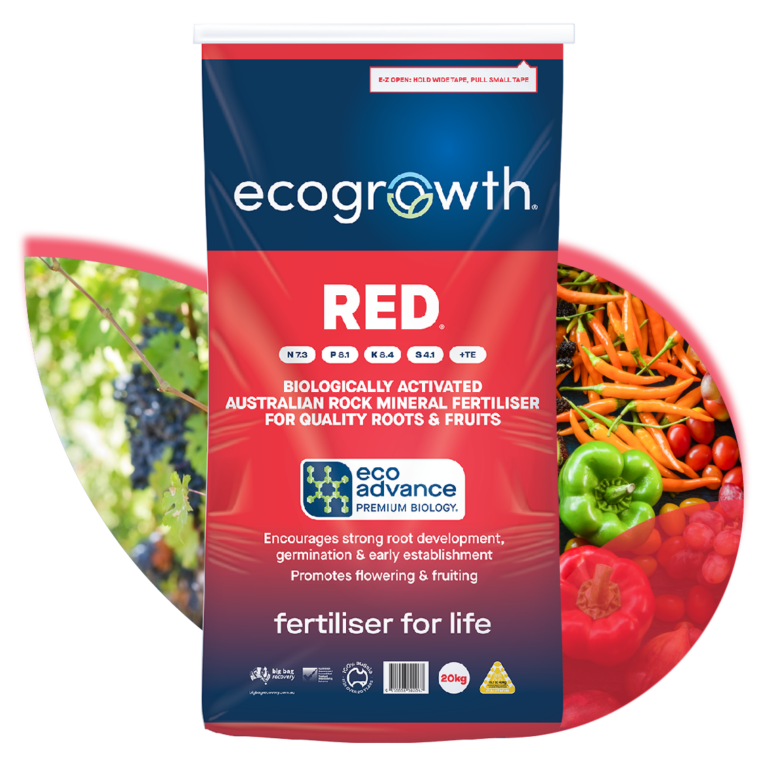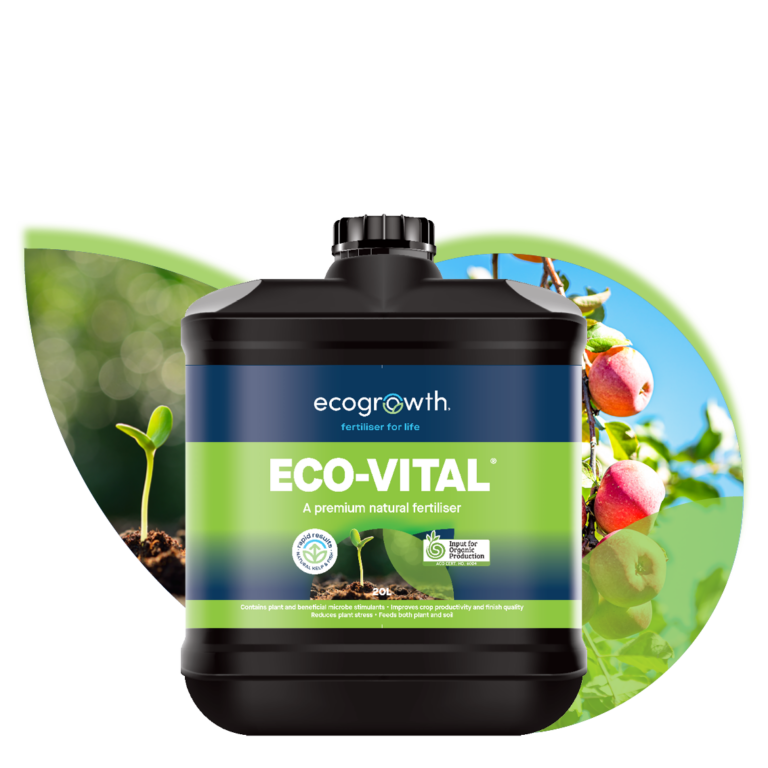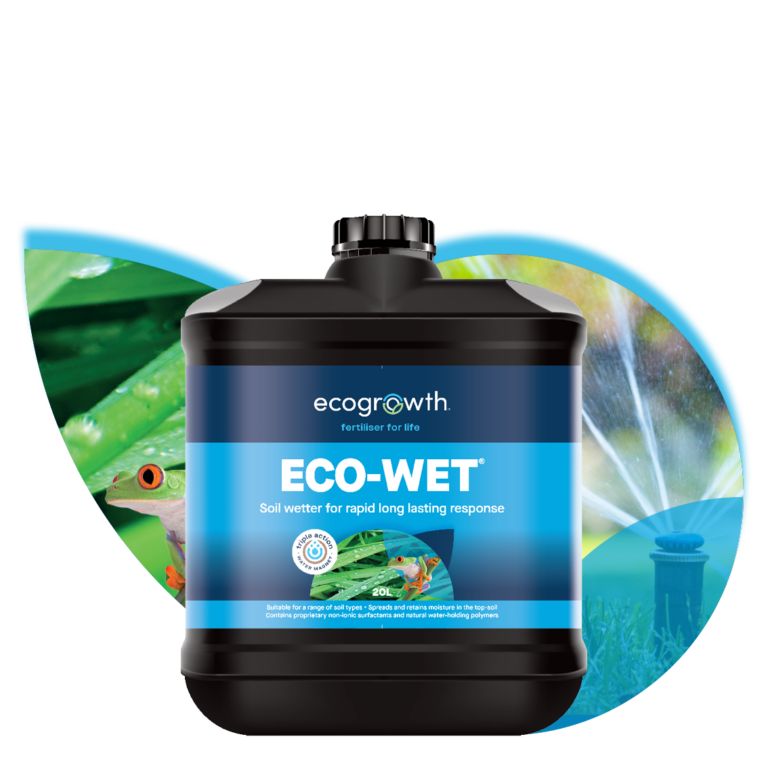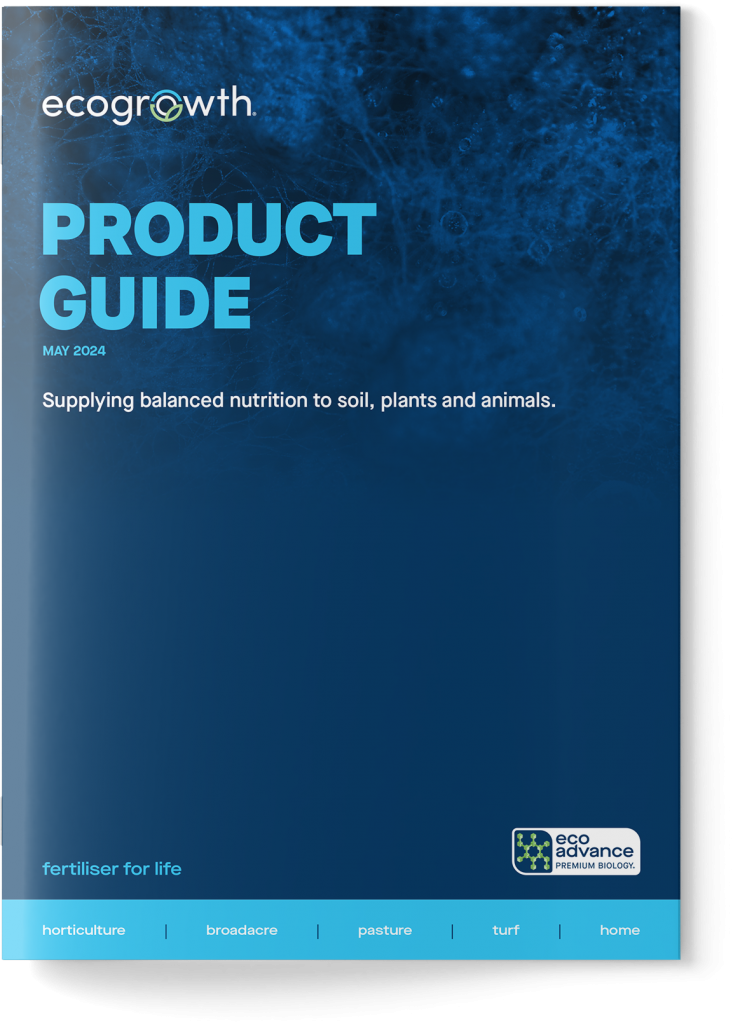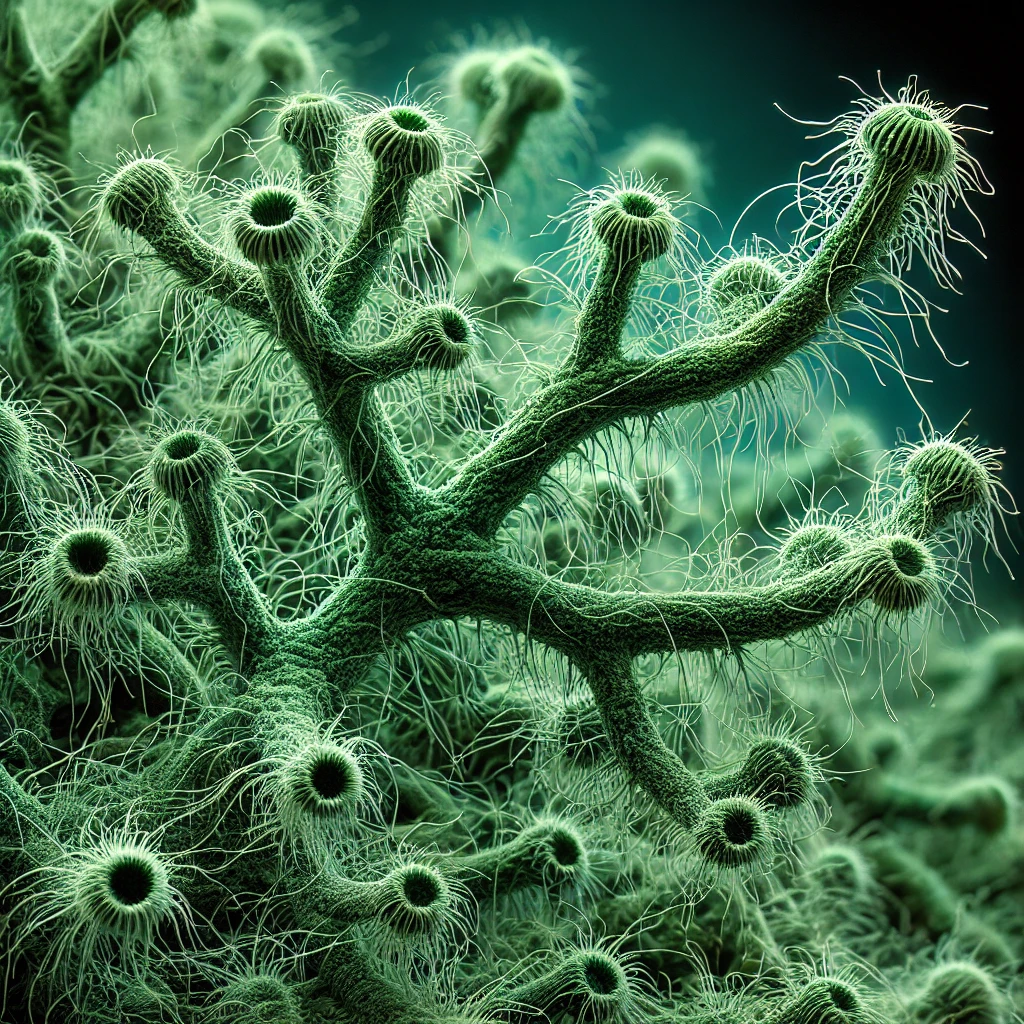
TECHNICAL ARTICLE
The benefits & uses of Trichoderma
Trichoderma is a genus of filamentous fungus with widely known beneficial functions in agriculture, horticulture and environmental management (Woo et al., 2023).
Trichoderma is included in our EcoAdvance® premium biology, which is a mix of beneficial soil microbes and bio-stimulants that is physically coated onto the rock phosphate-based granules included in all our granular blends. As such, all our granular fertilisers are inoculated with Trichoderma spores, which then germinate when the fertiliser is surface spread or incorporated into moist soil.
Trichoderma is known for its agricultural benefits including plant growth–promoting effects and biological control of plant diseases. This article explores the diverse applications and key benefits of Trichoderma, and in turn highlights how our rock mineral fertiliser coated with EcoAdvance® premium biology offers a bio-active, sustainable alternative to synthetic chemical fertilisers. The combination of rock minerals with the beneficial soil microbes contained in EcoAdvance® premium biology provides soil nutrition that in turn improves soil health.
Biological Control Agent
A substantial benefit of Trichoderma is its function as a biological control agent effective against plant pathogens. Trichoderma species, including T. viride and T. harzianum, suppress a wide range of fungal pathogens, including Phytophthora, Rhizoctonia, Fusarium, and Pythium (Harman et al., 2004). The mechanisms by which Trichoderma exerts biological control are:
- Mycoparasitism: by coiling around their hyphae and releasing enzymes that degrade their cell walls, Trichoderma parasitises and directly attacks other fungi.
- Competition: by taking nutrients and space, Trichoderma competes with harmful fungi and reduces their ability to thrive.
- Antibiosis: by producing secondary metabolites with antifungal properties, Trichoderma inhibits the growth of pathogens.
- Induced Systemic Resistance (ISR): by inducing plant defence systems, Trichoderma makes plants more tolerant of biotic and abiotic stress, promoting plant disease resistance from the inside out.
The use of Trichoderma as a biocontrol agent minimises the use of chemical fungicides, which reduces environmental pollution and promotes sustainable farming practices that preserve soil biology (Guzmán-Guzmán et al., 2023; Woo et al., 2014).
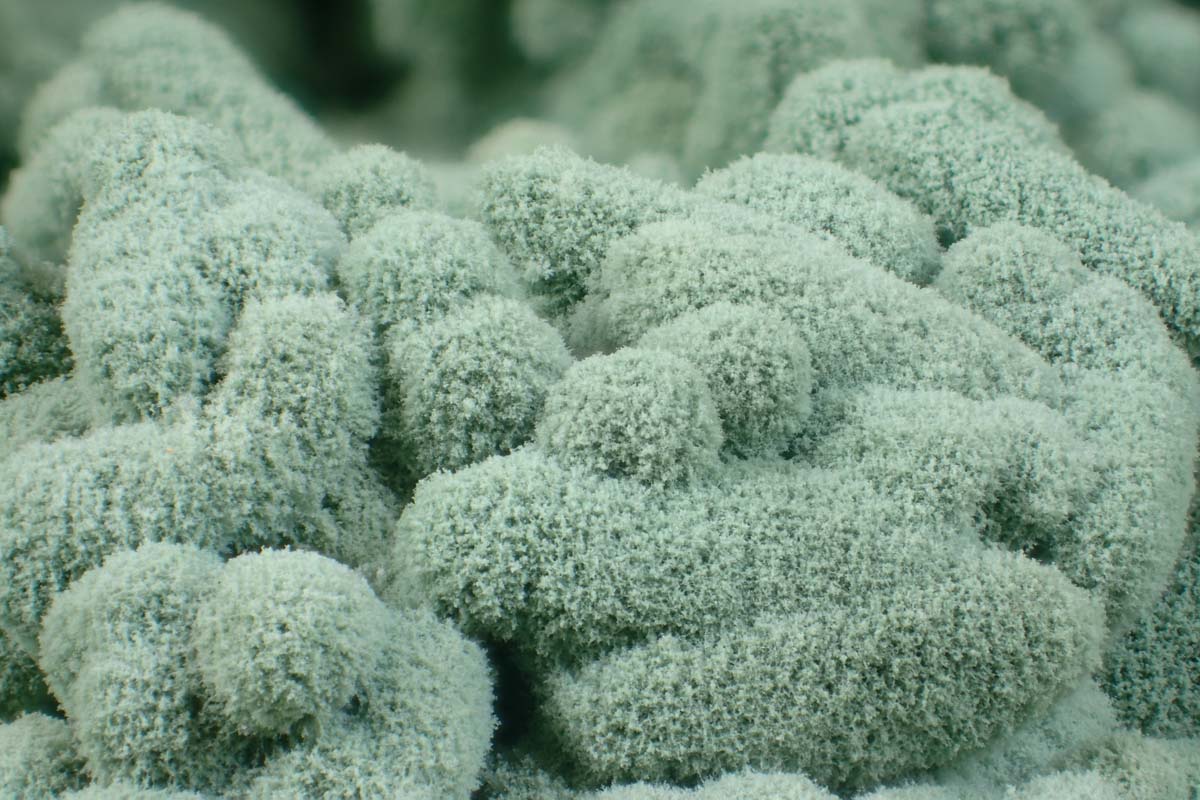
Plant Growth
Trichoderma enhances plant growth and productivity through various mechanisms, including:
- Phytohormones: by producing plant hormones, including cytokinins, auxins, and gibberellins, Trichoderma promotes root and shoot growth.
- Nutrient Availability: by stimulating root hair growth and directly solubilising essential nutrients in the soil, Trichoderma facilitates greater nutrient access for the plant.
Numerous crop studies have shown that treatment with Trichoderma leads to improved root systems and overall higher yields (Woo et al., 2023).
Environment and Soil Health
Trichoderma contributes to environmental conservation and soil health. Trichoderma enhances soil structure and fertility by recycling nutrients and decomposing organic matter. It is suitable for use in composting and waste management as it can colonise a variety of substrates. Additionally, Trichoderma plays a role in bioremediation by breaking down pesticides and other pollutants in the soil (Tripathi et al., 2013).
Summary
With multifaceted benefits from plant growth enhancement to biological control, Trichoderma is a powerful tool for environmental management and sustainable agriculture. Plant-beneficial fungi are a crucial resource in efforts to promote ecological balance and reduce chemical dependency in agriculture. With future advancements in biological understanding and product formulation, Trichoderma-based products have the potential to be more effective and accessible. Ecogrowth rock mineral fertiliser coated with EcoAdvance® premium biology, which includes Trichoderma, combines beneficial soil microbiology with plant nutrients for holistic management of soil health.
Trichoderma’s primary benefits include:
- Disease control
- Enhanced plant growth
- Induced Systemic Resistance
- Nutrient availability
- Biodegradation of organic matter
- Environmental safety
- Compatibility with other inputs
- Improved crop yield quality and quantity
- Improved soil structure
- Soil carbon sequestration
- Enhanced plant tolerance to biotic and abiotic stresses
References
Guzmán-Guzmán, P., Kumar, A., de los Santos-Villalobos, S., et al. (2023). Trichoderma Species: Our Best Fungal Allies in the Biocontrol of Plant Diseases-A Review. Plants-Basel, 12(3), 35.
Harman, G. E., Howell, C. R., Viterbo, A., Chet, I., & Lorito, M. (2004). Trichoderma species—opportunistic, avirulent plant symbionts. Nature Reviews Microbiology, 2(1), 43-56.
Hoyos-Carvajal, L., Orduz, S., & Bissett, J. (2009). Genetic and metabolic diversity of Trichoderma species used in biological control. Mycological Research, 113(1), 11-21.
Tripathi, P., Singh, P. C., Mishra, A., et al. (2013). Trichoderma: a potential bioremediator for environmental clean up. Clean Technologies and Environmental Policy, 15(4), 541-550.
Woo, S. L., Ruocco, M., Vinale, F., et al. (2014). Trichoderma-based products and their widespread use in agriculture. Open Mycology Journal, 8(1), 71-126.
Woo, S. L., Hermosa, R., Lorito, M. & Monte, E. (2023). Trichoderma: a multipurpose, plant-beneficial microorganism for eco-sustainable agriculture. Nature Reviews Microbiology, 21(5), 312-326.
Related products
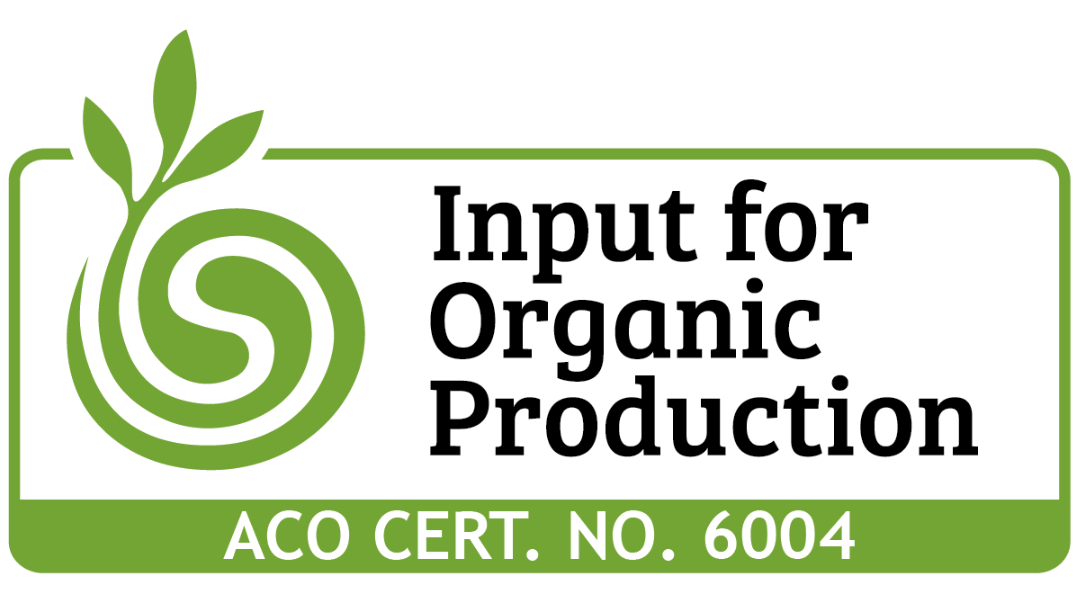
Eco-Vital®
A premium natural kelp and fish fertiliser with plant extracts that delivers rapid results.
